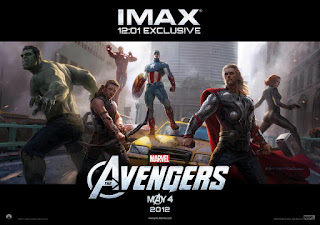The “male gaze” is the concept that women are portrayed as objects to
be desired by the white, male spectator. In Visual Pleasure and Narrative
Cinema, Mulvey writes “ In their traditional exhibitionist role women are
simultaneously looked at and displayed, with their appearance coded for strong
visual and erotic impact.” (Mulvey 837). This concept is heavily present in all
forms of media from video games to cinema. The examples in cinema are vast and
to the point where a female character will often seem flat because of a
dissonance between the story and the how they are visually presented.
In Michael Bay’s Transformers, Meghan
fox’s character embodies this dissonance perfectly. Her character is written as
an intelligent, loyal, reliable character who consistently saves the
protagonist from peril but is presented visually with close-up shots of her constantly
glistening skin. This can be seen here. As a male viewer I have often overlooked this sort of thing, not realizing the
impact this has on perceptions of gender in society. Having this be brought to
my attention has completely changed my view on characters.
The above example is notable especially because my initial
impression of the character when watching the film when I was younger was that
she lacked depth even though, as written, she is almost more fleshed out than
the protagonist. This reflects the quote by Berger “men act and women appear” (Berger
47). The male protagonist is shown to be an agent of his own character arc,
moving through his own story as a sort of undeserving hero, while Meghan Fox’s
character is portrayed from an overly eroticized lens. This kind of portrayal
reinforces the idea that women are here to be watched as objects of sexual
desire, not agents of self-fulfillment like male characters.
This
problem even exists in the way movies are advertised. I recall a few years ago
when a key visual from Avengers (2012) depicted the only female superhero in the
film In a hyper-sexualized way while the male characters took stances of
imposing power. The female character was portrayed with her butt facing camera
while the male characters were standing tall and resolute. It was almost comedic
to a degree because of the level of absurdity in this seemingly obvious problematic
portrayal.
The male gaze has been incredibly
pervasive because it reflects the patriarchal structure of our society and the heavily
reinforced norms that it comes with. If films are made mostly by and for white male
spectators, then it will reflect that. The “oppositional gaze” is a phenomenon
described by Bell Hooks, while she explained the power that exists within a
gaze. The oppositional gaze is a black woman’s response to the lack of proper
representation in media. The idea was that Black men could still subscribe to
the gendered structure presented on screen but a Black Woman could not
subscribe to the ideas of whiteness, or male power presented in these films. The
oppositional gaze is the resistance by black women to the stereotypical
presentations of black women in film. Bell hooks states “ it was the
oppositional black gaze that responded to these looking relations by developing
independent black cinema” (hooks 117). Black people gained a voice in media
that was different from that of white cinema, one that forgoes the traditional
ideas of black women represented by jezebel and Mammy characters.
Works cited:
Mulvey, Laura (1999) “Visual Pleasure and Narrative Cinema.” Film Theory and
Criticism: Introductory Readings. New York: Oxford UP: Eds. Leo Braudy and
Marshall Cohen.
Berger, John, Dibb (1972). “Ways of Seeing.” London: BBC
Enterprises
Hooks, Bell (1992). “The
Oppositional Gaze.” In Black Looks: Race and Representation. Boston: South End
Press


No comments:
Post a Comment